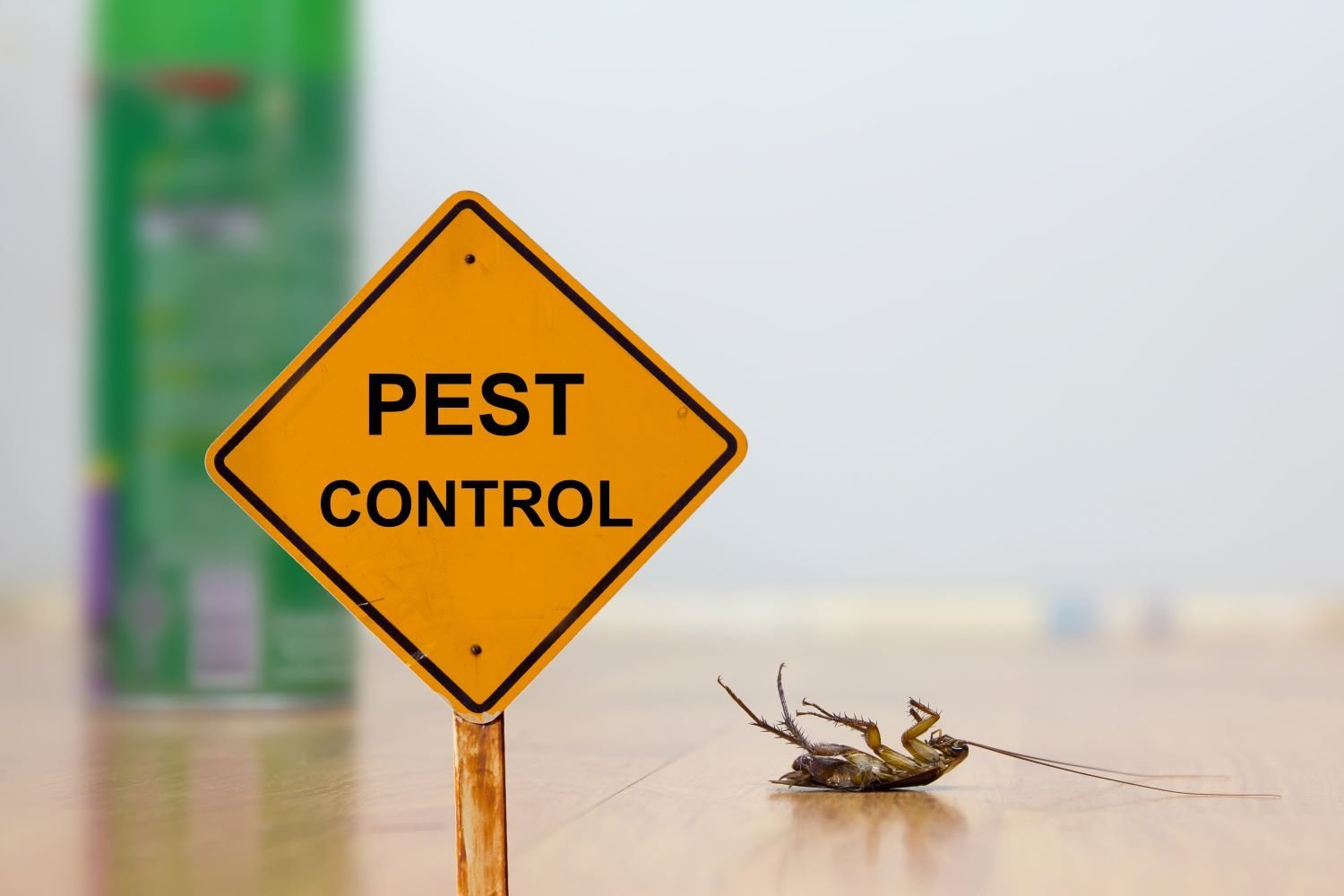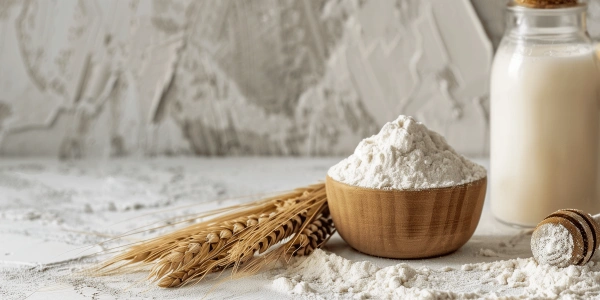Pest Control Methods: A Comprehensive Guide
Pests can be a major nuisance, causing damage to property, spreading diseases, and creating unsanitary conditions. Effective pest control is essential for maintaining a healthy environment at home, in businesses, and in agricultural settings. Understanding various pest control methods can help you choose the best approach for your needs. This guide explores different techniques used to eliminate and prevent pest infestations.
Importance of Pest Control
1. Health Protection
Pests such as rodents, cockroaches, and mosquitoes are known carriers of diseases like malaria, dengue, and salmonella. Controlling these pests is crucial to prevent the spread of infections and illnesses.
2. Preventing Property Damage
Termites, rats, and other pests can cause significant damage to homes and buildings by chewing through wood, wires, and insulation. Timely pest control measures can prevent costly repairs.
3. Maintaining Food Safety
In agricultural and food industries, pest control is essential to protect crops and food products from contamination. Pests like weevils, rodents, and beetles can ruin stored grains and food supplies.
4. Enhancing Comfort and Hygiene
Pests can create discomfort by invading homes, leaving droppings, and causing foul odors. Eliminating them improves hygiene and enhances the overall quality of living spaces.
Types of Pest Control Methods
1. Biological Pest Control
This method uses natural predators or parasites to control pest populations. Examples include introducing ladybugs to control aphids in gardens or using nematodes to eliminate soil-dwelling pests. This eco-friendly approach reduces the need for chemical pesticides.
2. Chemical Pest Control
The use of pesticides, insecticides, and rodenticides is one of the most common pest control methods. These chemicals are effective in eliminating pests but should be used carefully to avoid harming humans, pets, and the environment.
3. Physical Pest Control
Physical methods involve trapping, baiting, and exclusion techniques to remove pests. Examples include using mouse traps, fly screens, and electronic repellents to prevent pest entry.
4. Cultural Pest Control
This method focuses on modifying environmental conditions to deter pests. Practices such as proper waste disposal, maintaining cleanliness, and crop rotation in agriculture help minimize pest infestations.
5. Integrated Pest Management (IPM)
IPM is a holistic approach that combines multiple pest control methods to achieve long-term results. It involves monitoring pest populations, using biological and physical control methods, and applying chemicals only when necessary to minimize risks.
Choosing the Right Pest Control Method
Selecting the best pest control method depends on several factors, including the type of pest, severity of the infestation, and environmental considerations. Consulting professional pest control services can provide effective and safe solutions tailored to specific needs.
Conclusion
Effective pest control is essential for protecting health, property, and food supplies. By understanding different pest control methods, individuals and businesses can implement strategies to prevent and eliminate infestations. Whether using biological, chemical, or physical approaches, adopting the right techniques ensures a safe and pest-free environment.






